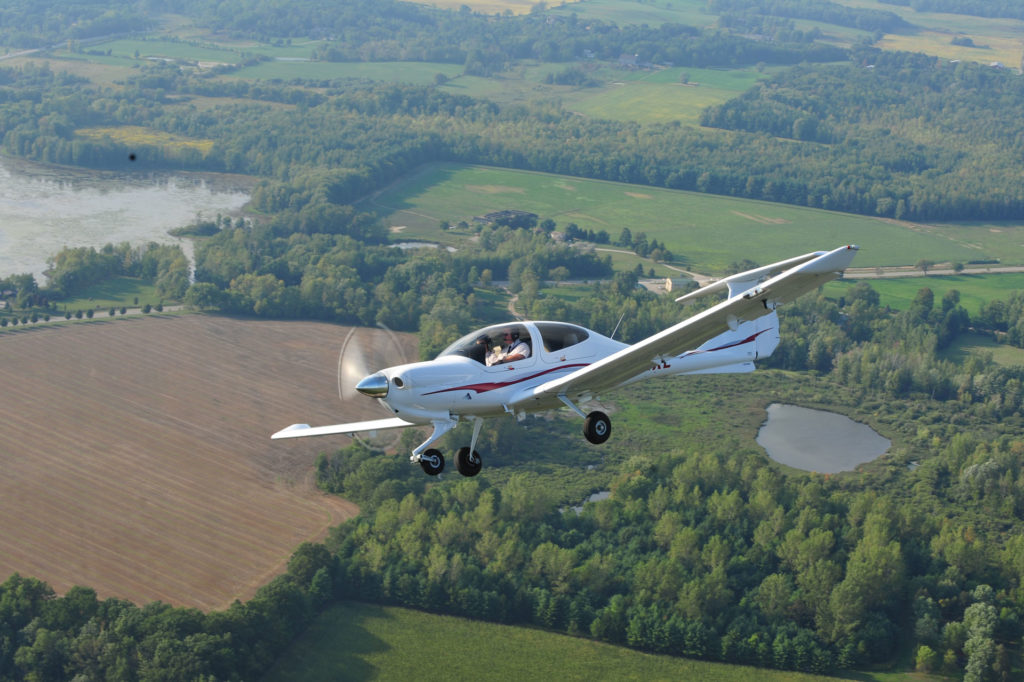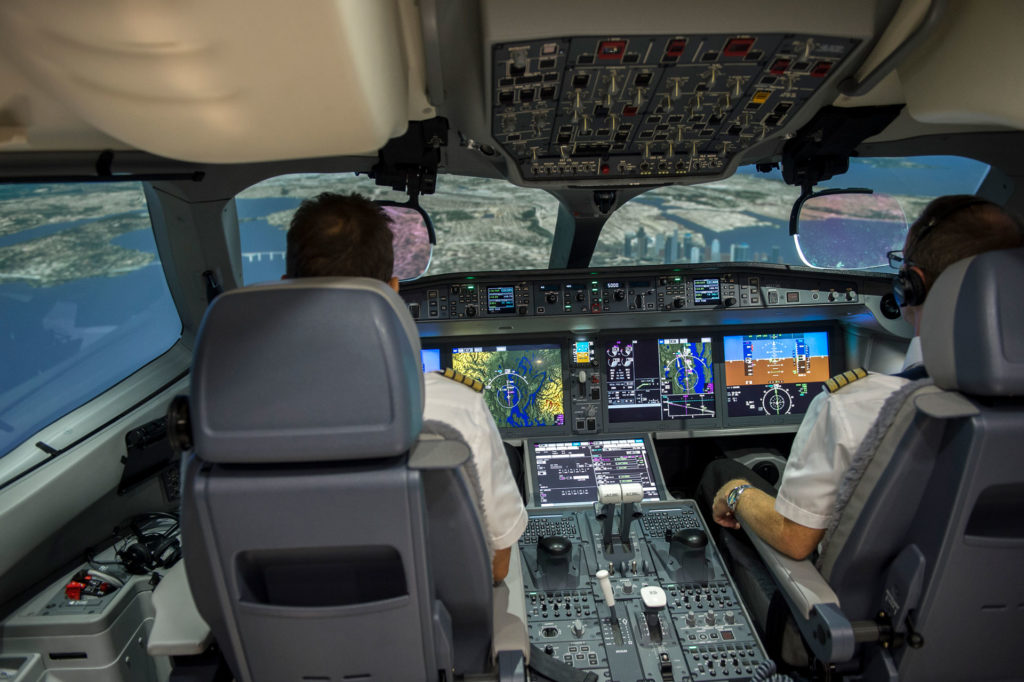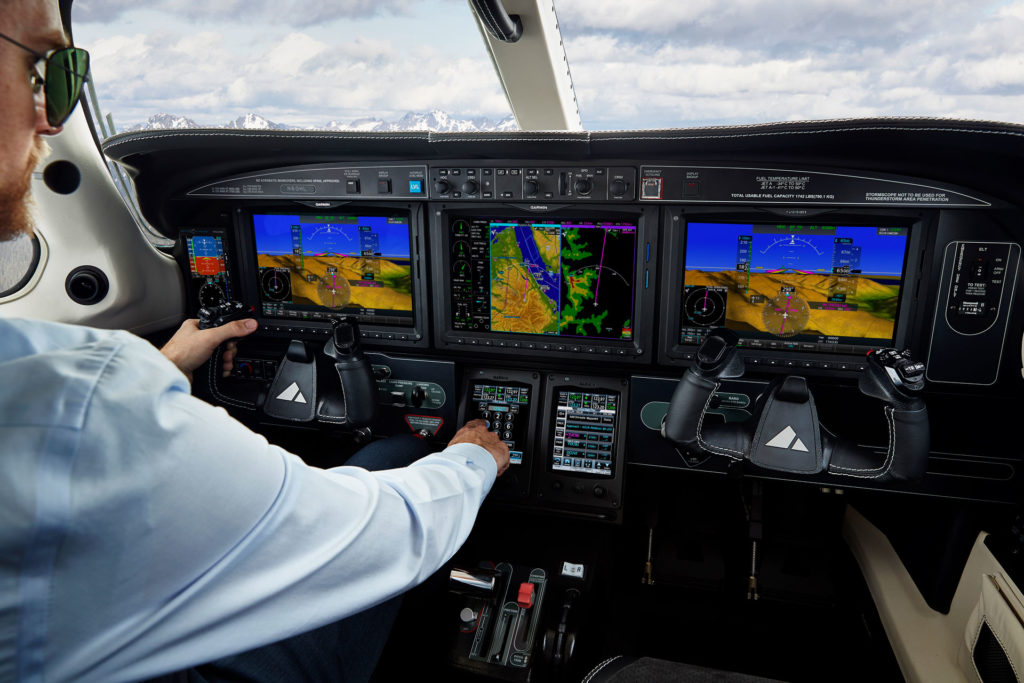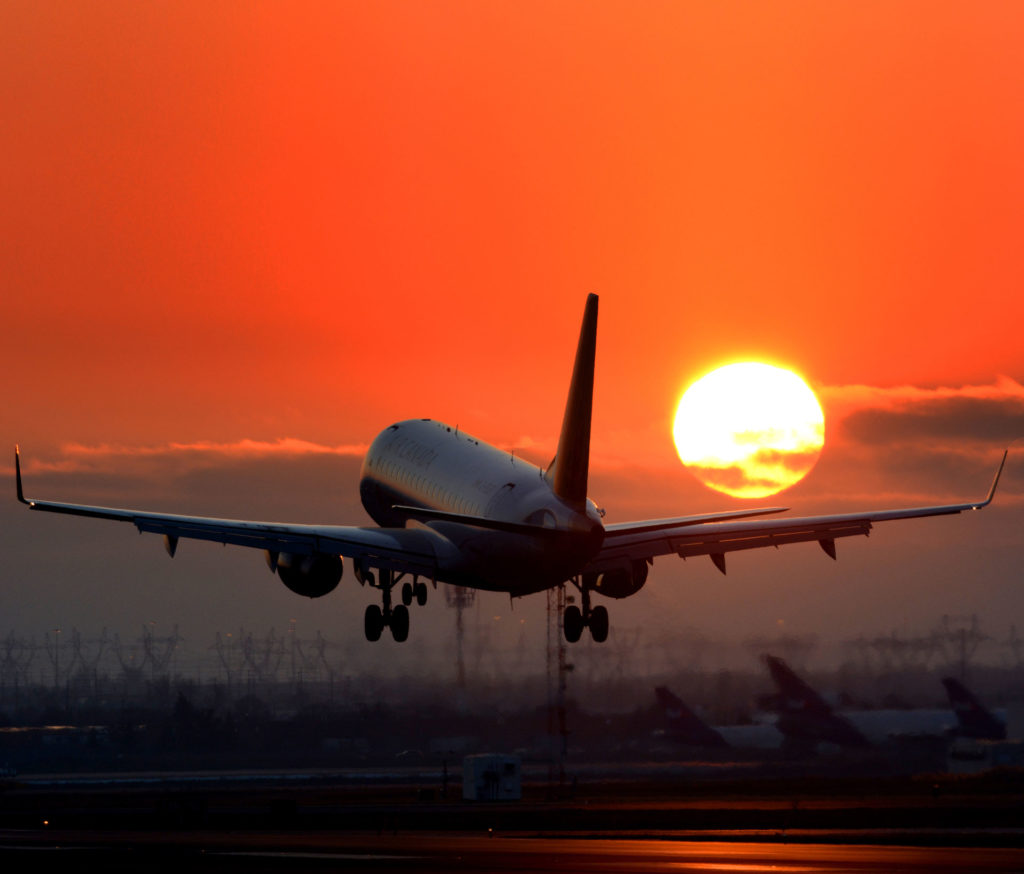Estimated reading time 11 minutes, 41 seconds.
Predicting the future is a fool’s errand, and I don’t feel particularly qualified to prognosticate. Nevertheless, I am happy to play the sage, knowing that better prospects for making sensible guesses about the future of piloting airplanes lay in getting input from aviators far and wide. So, this article is intended to start a discussion. How do you think piloting airplanes will change in the span of a nascent career, say, the next four decades? What about that future fills you with enthusiasm or dismay? Oh, and thanks.
In December 1968, on the eve of mankind’s first journey to the moon, the Apollo 8 crew had a surprise dinner guest: Charles Lindbergh. “Lindy,” then the world’s most famous pilot, was born in 1902, making him about the same age as aviation itself.
One can only imagine the conversation. Much had changed in aviation in the 41 years since Lindbergh’s daring solo flight across the Atlantic. Lindbergh recalled the navigational “technology” in his day — having calculated the fuel required to fly to Paris by stretching a string over a globe. He asked how much propellant the Saturn V rocket would use on its climb into orbit. With some rough calculations, the astronauts estimated a fuel burn of 20 tons per second. Lindbergh quipped, “In the first second of your flight tomorrow, you’ll burn 10 times more fuel than I did all the way to Paris.”

When Lindbergh set off across the Atlantic, he could hardly have foreseen the progress that would lead to a lunar mission within his lifetime. That was then, of course, but the pace of change has almost certainly accelerated since the moon landings. It got me thinking. How will the experience of flying airplanes change in the next, say, 41 years?
Prospective pilots today face an uncertain future, but the fundamental allure remains: a life in the sky.
PREDICTIONS ARE DIFFICULT
Some predictions are easy. Commercial aviation will face increasing competitive cost pressure. Airplanes will grow ever more complicated, but flying will gradually grow safer. Humans will belatedly stop burning dinosaurs. These sorts of insights are apparent, even using my mail-order crystal ball. But harder, still, is to foresee how those changes will affect our craft as airplane drivers.
Pilots love flying. There is something satisfying about gently smoothing a taildragger onto a grass runway in a crosswind. Less satisfying is knowing that one’s autopilot is meticulously tracking the airway. Hardly surprising anymore, but for those who like handling the controls, the forecast isn’t happy. But as piloting changes, we lose some skills and we gain others.

WAVE BYE-BYE TO MANUAL FLYING
What contemporary pilot wouldn’t admit to fighting a battle to retain manual flying skills? This is the “down side” of automation. We don’t properly develop skills that we don’t rely upon, and few people get sufficient hand-flying to feel completely proficient. That is now, and the trend will continue. I don’t mean to be a downer, but we won’t be driving ourselves to the airport using a steering wheel, either.
Nevertheless, I foresee a place for a professional on board a hurtling vehicle. The pilot’s skills will focus ever less on directing the aircraft, and increasingly center on the efficient (that is, competitive) use of the crowded airspace system. If you want to fling your eager craft through footless halls of air, I recommend an immersive flight simulator. Sorry.
As airplanes have matured, they’ve grown easier to fly. Pilots have not always found, however, that their skills are backward-compatible to older airplane types. Whether it was a Cub, Tiger Moth, or Harvard, it’s sobering to realize that most pilots could not fly the airplane in which their parents trained. There will come a day when pilots who are trained on future electric trainers will need a license endorsement to fly an antique piston-powered Cessna. Carburetor heat, mixture, magnetos… modern anachronisms. I can’t wait for the day when the first pilot license is endorsed for internal combustion.

IT’S ALL ABOUT INFORMATION
I first saw a digital groundspeed display in the late 1970s. It was awe inspiring. With that thing, I would need neither stopwatch nor whiz wheel, and the long division was done inside the box! Golly. We’ve come a long way. My 2014-vintage RV-6 homebuilt had a synthetic view of terrain, plus angle of attack and velocity vector displays.
Our main jobs, as pilots, used to be assembling information by staring at a lot of little round windows with needles and dials behind them. I recall spending a considerable portion of my instrument flying training just developing a scan. “Scan” was a mythical methodical pattern of reference to flight instruments, back in the age of “instruments.” A scan was used to build another mythical thing called, “air picture.” When we dinosaurs said “air picture,” we meant it metaphorically — as in, the picture we could imagine of the airspace, traffic, and weather around us. Now, the air picture is displayed on the center console.
We spent days in classrooms, learning to decode the arcane cryptography of NOTAMs and METARS. It was necessary because aviation data was communicated through teletype machines, the speed of which was limited by human typists.

Call me crazy, but I think decoding teletype won’t remain a core skill for pilots. There are better ways to transmit and visualize data. Free from handling the flight controls, managing the aircraft, or even monitoring systems, future pilots’ skills will center on something new: managing information. We’re drowning in the stuff.
SEEING THINGS IN A NEW WAY
At some point, advancing technology will not only augment the aircraft, but begin to also augment the pilot — adding capability to the pilot’s own senses. I’ve flown various experimental systems that simulate night vision fused with synthetic vision, provide 3D spatial audio cues, and even stimulate the pilot’s sense of touch to communicate flight data. Exposure to such technologies is — pardon the pun — eye-opening. Flying cocooned in such an augmented reality cockpit is different. From an information perspective, it’s better.

Pilots are habituated to thinking that the best visual conditions for flying are a clean windscreen and a clear, blue sky. Not so. Computer gamers and action movie fans are well aware that animation can be difficult to distinguish from reality. The nascent ability to synthesize the optimal view of the external environment — and to project it into the pilot’s eyes in real time — will be transformative to aviation. Such immersive, visually-coupled systems are presently the purview of those with the loftiest budgets, such as F-35 fighter pilots, who can literally see potential targets through their own wings or down through the cockpit floor. The only thing better than an infinite field of view is one packed with useful information. Implemented properly, the boundaries blur between what is real and synthetic. Everything one sees becomes informative.
Don’t shoot the messenger, but such cockpits don’t need to be at the front of the airplane, and they don’t necessarily need windows. Such a design would be novel on a scale comparable with enclosing pilots inside cockpits for the first time, when the greybeards feared that they would be unable to fly properly without the wind in their faces.
I’ve resisted the Luddite’s lament thus far, but this last development is distressing. For me, the view out the window is a part of the “deal.” Future designs may, indeed, be better airplanes, but I’m not excited about flying anything that inhibits me from selfishly watching the sunset paint watercolors across the cloud tops. Those moments are for me.

A FEW THINGS NEVER CHANGE
If we could chat with a pilot from four decades hence, I expect there are a few things we would still have in common: becoming a pilot is not about the money; flying is hard work; and it’s usually quite boring. I’d venture that having a crazy work schedule is fun for a while, and then it isn’t. That would win a grin. If I wanted a cheap laugh, I’d ask if hotel breakfasts in the future are still terrible.
Ultimately, a few things about flying never change. Flying airplanes is fun, but if you get it wrong, it can hurt you. It used to be said that the Piper Cub was the safest airplane ever built. It could only barely kill you. Piloting airplanes is an awesome, sobering responsibility. No matter what one flies, or in what era, I suspect that we all learn respect for nature. Every pilot worth the name respects thunderstorms and icing. Our technology allows us to tread respectfully in its domain, but the sky will always win.
IF ALL ELSE FAILS, THE SKY
There can be no doubt that the mechanical aspects of flying airplanes have changed, and will further change beyond our recognition. Unchanged, however, is the sky: its challenges, its risks, its beauty, and its allure.

History records that Lindbergh found a quiet sand dune near Cape Canaveral, Florida, from which to privately watch Apollo 8 launch for the moon. Four decades from now, there will still be that kid in the school yard who stops in their tracks to watch an airplane fly overhead.

